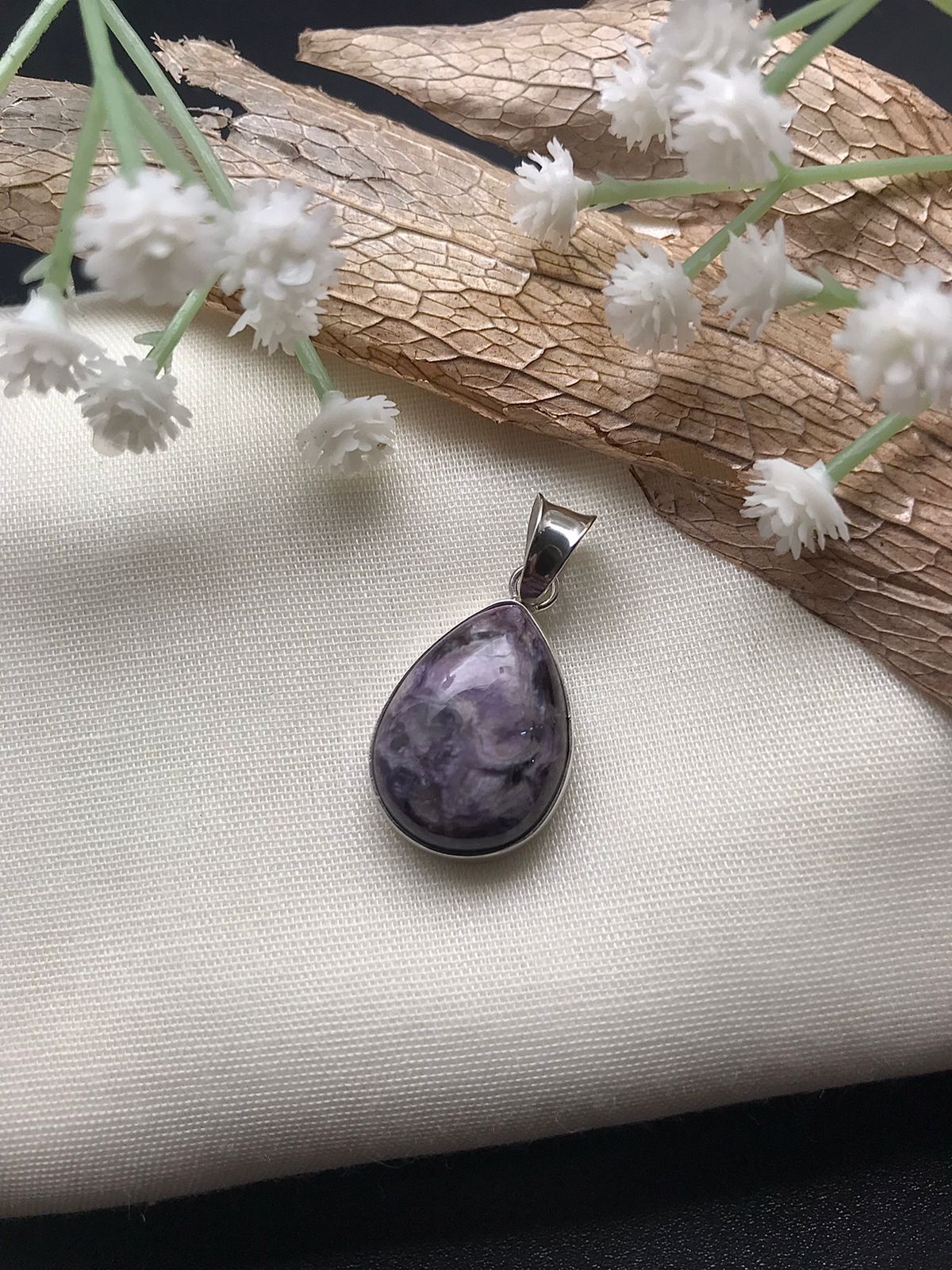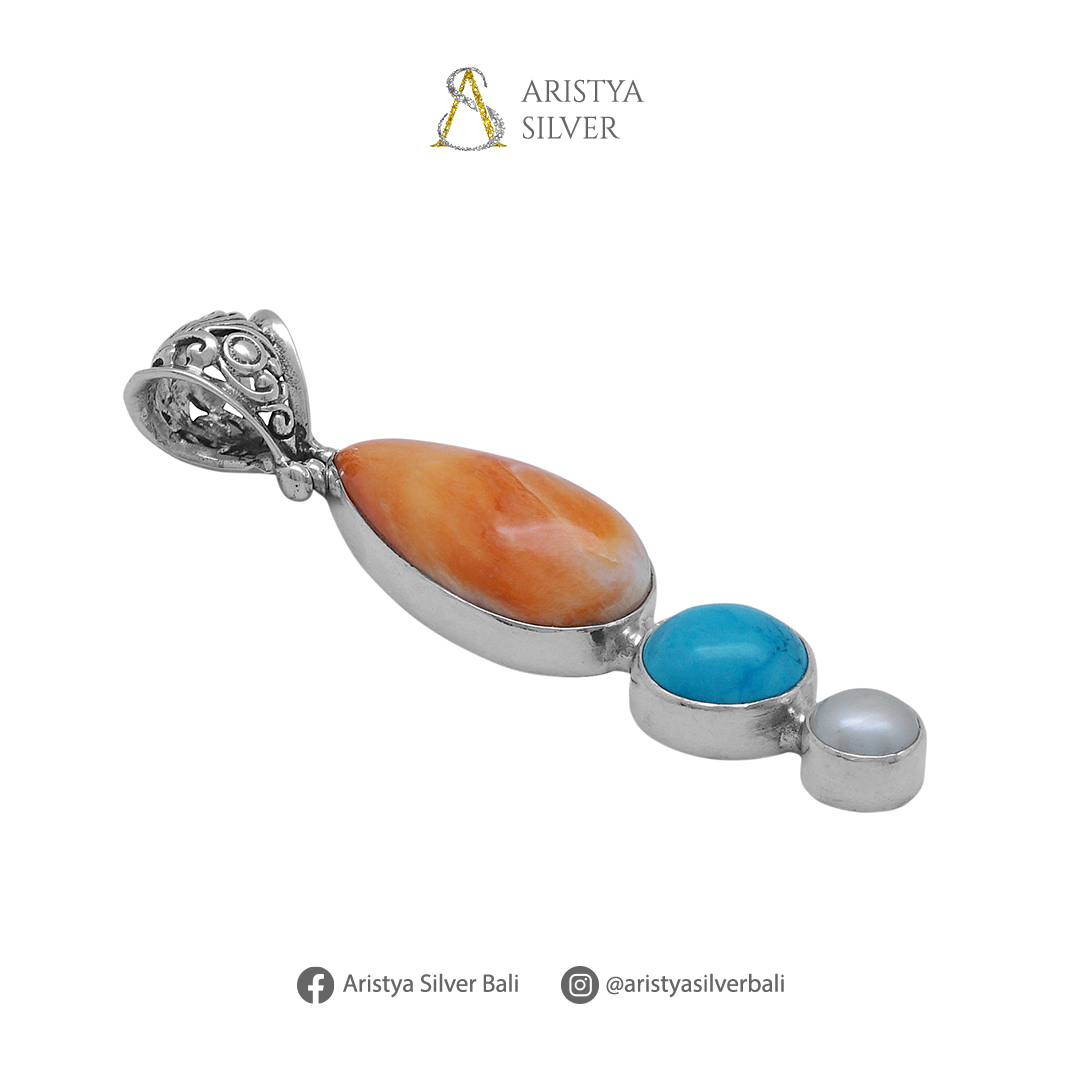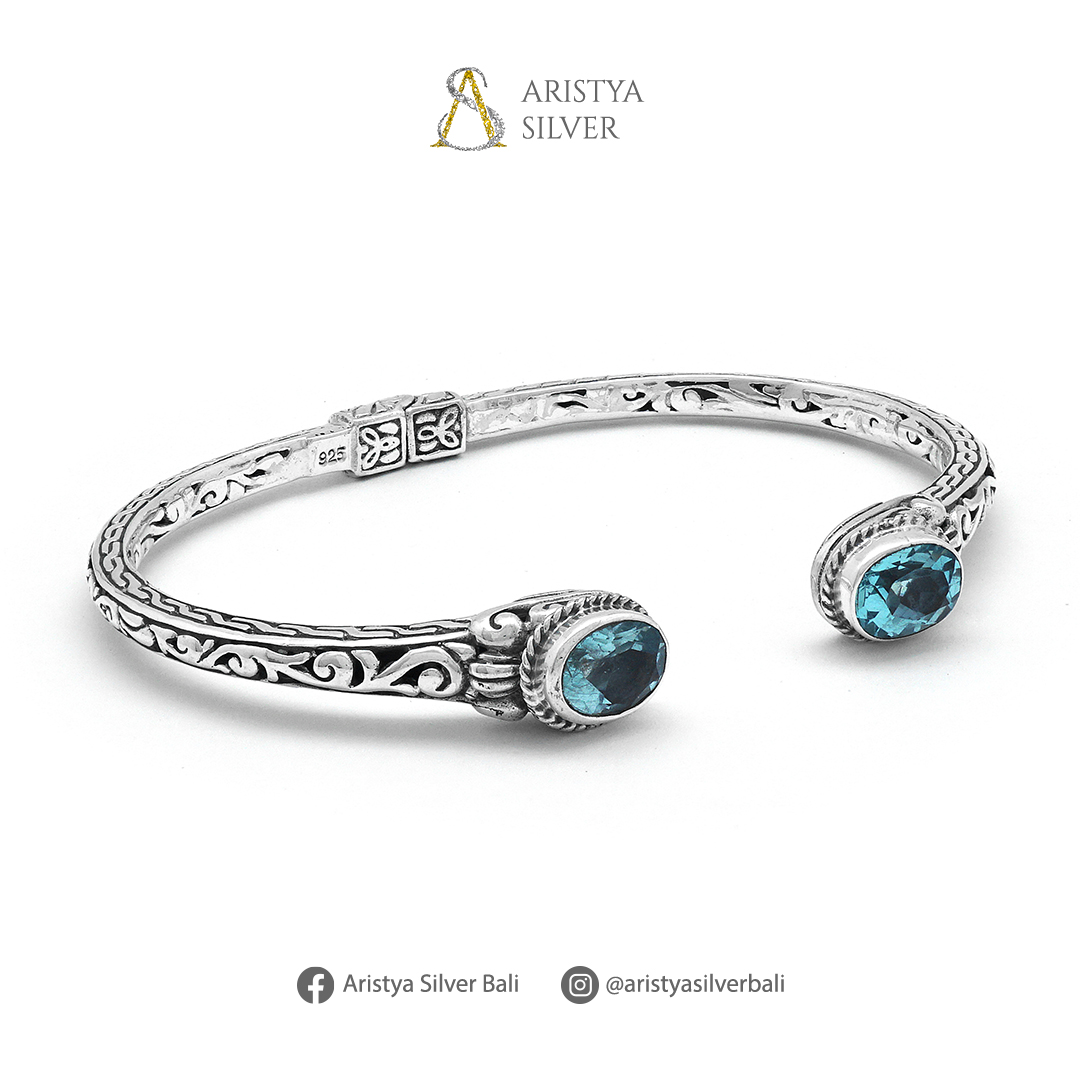Silver Corrosion
Corrosion
As the purity of the silver decreases, the problem of corrosion or tarnishing also increases.
Chemically, silver is not very reactive — it does not react with oxygen or water at ordinary temperatures, so does not easily form a silver oxide. However, the other metal in the alloy, usually copper, may react with oxygen in the air.
The black silver sulfide (Ag2S) is among the most insoluble salts in aqueous solution, a property that is exploited for separating silver ions from other positive ions.
Sodium Chloride (NaCl) or common table salt is known to corrode silver-copper alloy, typically seen in silver salt shakers where corrosion appears around the holes in the top.
Removing Tarnish
Polishing silver
A number of products have been developed for the purpose of polishing silver, such as Twinkle Silver Cream and Wright's Silver Cream, which serve to remove sulphur from the metal without damaging or warping the metal. As harsh polishing and buffing can permanently damage and devalue an antique piece of silver, valuable silver is typically hand-polished to preserve the unique patina of an older piece. Techniques such as wheel polishing, which are typically performed by professional jeweler or silver repair company, are reserved for extreme tarnish or corrosion.
German silver
German silver name for various alloys of copper, zinc, and nickel, sometimes also containing lead and tin. They were originally named for their silver-white color, but use of the term silver is now prohibited for alloys not containing that metal. German silver varies in composition, the percentage of the three elements ranging approximately as follows: copper, from 50% to 61.6%; zinc, from 19% to 17.2%; nickel, from 30% to 21.1%. The proportions are always specified in commercial alloys. German silver is extensively used because of its hardness, toughness, and resistance to corrosion for articles such as tableware (commonly silver plated), marine fittings, and plumbing fixtures. Because of its high electrical resistance it is used also in heating coils. It was discovered (early 19th cent.) by a German industrial chemist, E. A. Geitner




.jpeg)





